Kannada is a Dravidian language spoken in the state of Karnataka in southern India. Kannadigas, or Kannada (also called Canarese) speakers, are estimated to number around 40,000,000 worldwide. In southern India, there are at least 20 distinct dialects of spoken Kannada. While it is a difficult language to master for English language speakers, it is possible to learn some basic phrases and words that can help you communicate your basic needs in Kannada.
StepsMethod 1Method 1 of 3:Engaging in Basic Conversations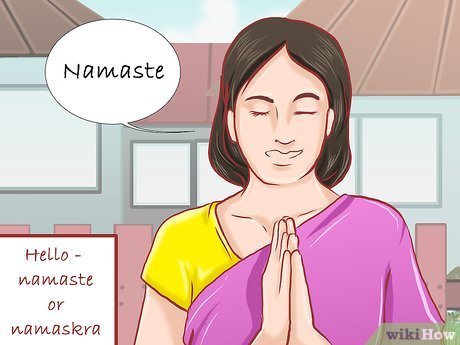
1Start with the basic greetings. As is the case with most languages, it is useful to begin with greetings and pleasantries that are the most likely to come up in brief interactions with Kannada speakers. Here are some ways to greet, as well as replies to greetings, in KannadaXX:Hello – namaste or namaskāraWelcome – susvāgataLong time no see – tumba divasagalinda kānisalillaHow are you? – hegiddērā?All is well? – athavā kshemanā?I am fine. How are you? – nā calō adīni, nīvu hyāngadīr’ri? or nān cennagiddēne, nīvu hēg’iddīra?Pleased to meet you – nimmannu bheti mādiddakke santosha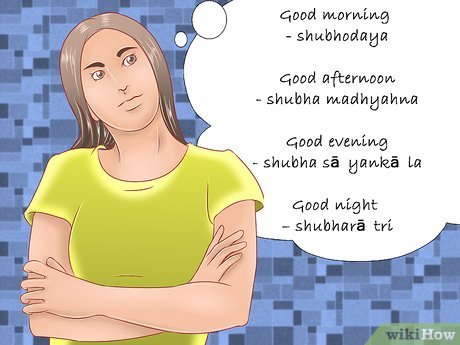
2Use time-specific greetings. In most languages, greetings and salutations change based on the time of day. Kannada is no different. Here are some useful phrases that take the time of the day into account.XXGood morning – shubhodayaGood afternoon- shubha madhyahnaGood evening- shubha sāyankālaGood night – shubharātri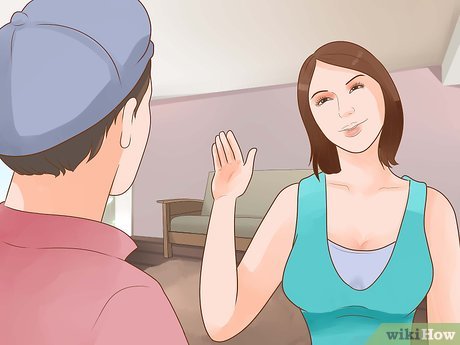
3Introduce yourself. Introducing yourself to strangers is a critical skill to acquire. People will be more willing to help you once you have explained who you are. Here are some ways to do that in Kannada. XXWhat is your name? (singular) – ninna hesarēnu?What is your name? (plural) – nimma hesarēnu?My name is … – nanna hesaru …Where are you from? (singular) – nimma ooru yāvudu?Where are you from? (plural) – athavā nēvu yāva kadeyavaru?I am from … – nā …. linda bandiddīniWe are from … – nā …. linda bandēniPleased to meet you – nimmannu bheti mādiddakke santosha
4Use parting phrases. Here are a few different ways to end a conversation in Kannada. XXGoodbye – hogi banni athavā hogi bartēra?Good luck – olleyadāgali athavā shubhavāgaliHave a nice day – shubha dinavāgaliBon voyage – prayana sukhakaravaagirali hogi banniSee you again – matte sigona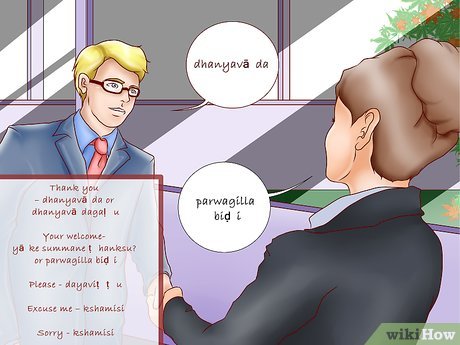
5Be polite. When entering a new area with a different culture and language, it is wise to learn the basic pleasantries and phrases of gratitude so that you can show good manners to your hosts. Here are some Kannada phrases that can help you do just that. XXExcuse me – kshamisiSorry – kshamisiPlease – dayaviṭṭuThank you – dhanyavāda or dhanyavādagaḷuYour welcome- yāke summane ṭhanksu? or parwagilla biḍiI love you – naa ninna preetisteeniGet well soon – bega gunamukharaagi anta haaraisutteneCheers or good health – tumba santosha athavā khushiyāytuEnjoy your meal – shubha bhojana athavaa oota enjaay maadiMethod 2Method 2 of 3:Asking for Help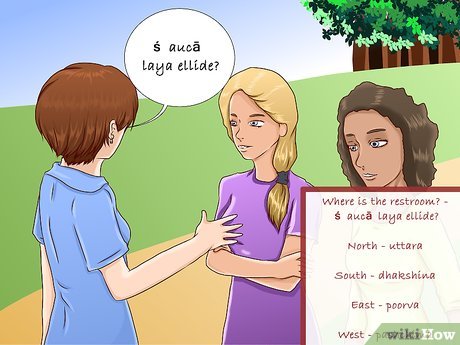
1Ask for directions. If you are travelling in Karnataka for the first time, or find yourself lost somewhere in southern India, knowing how to ask where something is or where you are is of the utmost importance. Some common phrases include:Where is the restroom? – śaucālaya ellide?Where is the toilet? – ṭāyleṭ ellide?How do i go to the airport? – naanu airport ge hege hoguvudhu?Where is … – … ellide or … yelliGo straight – neravagi hogiGo back – hindhe hogiGo right – balagade hogiGo left – yedagade hogiNorth – uttaraSouth – dhakshinaEast – poorvaWest – pashchimaUp – meleDown – kelageOpposite – viruddha
2Inquire about products or purchases. When travelling in southern India, it is likely you will want to buy something at one point or another. Here are some phrases that will allow you do that. How much is …? – … idhu yeshtu? or … bele eshtuWhere can I go shopping? – naanu shopping maadalu yelli hoga bekuWhat is this? – Ī ēnu?Please weigh correctly – dayavittu sariyaagi tooka maadiSorry I do not have change – kshamisi nanna hattira change-illaGive the change – Change-kodiPlease remove damaged / rotten ones – dayavittu damage-aagirodanu thegeyiriI don’t want cover – nanage cover-bedaI have a bag – nanna hathira bag-ide
3Give orders to domestic help. In southern India, it is not uncommon to see domestic help in many homes and maids are a standard facet at hotels. As such, it is important to be able to speak with the domestic help and, when necessary, give them orders. Some phrases that should be helpful include:How much do you charge? – neevu eshtu duddu thagothiraa?You are expensive, I can’t afford it – neevu duddu jaasthi keluthira, naanu eshtu koduvudakke aagollaWhich other houses do you work in around here? – neevu illi bere yaava manegalalli kelsa maaduthiraa?What is your mobile number? – nimma mobile number enu?Take down my mobile number – nanna mobile number thagolliWhat time can you come? – neevu yaava time-ge baruthiraa?Come by … in the morning – neevu belagge … gantege barabekuPlease be on time – dayavittu time sariyaagi banniFor sweeping – kasa gudisokeFor moping – nela oresokeFor washing clothes – batte ogeyokeFor washing utensils – paatree tholeyokeFor cooking – aduge maadokeHow much would you charge for cooking? – neevu aduge maadoke eshtu duddu thagothiraa?How much would you charge for sweeping, moping and washing utensils?- neevu kasa gudisoke, nela oresoke matte paatre tholeyoke eshtu duddu thagothiraa?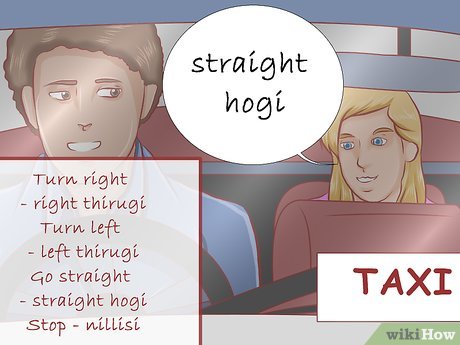
4Talk to your cab driver. When travelling in southern India, you will most likely take a ride in a cab at some point. Some useful phrases for speaking with your cab driver are :Please drive slowly – dayavittu (gaadiyannu) nidhaanavaagi chalaisiTurn right – right thirugiTurn left – left thirugiGo straight – straight hogiStop – nillisiDo not talk on phone while driving – drive-maaduvaaga phone maadabediWear a seat belt – seat belt haakikolliDo not jump signals – signal haarisabediMind the road humps – road naliruva humps nodi (gaadi) chalaisiPlease wait for 5 minutes, I will come – dayavittu 5 minutes wait-maadi, naanu barutheneCome on time tomorrow – naale time sariyaagi banni
5Learn some general questions and phrases. There are common phrases and questions that are important to know in any language when you intend to travel to where that language is spoken. Here are some phrases and questions in Kannada that could be helpful to you. How do I go there? – allige naanu hege hoguvudu?Where is your house? – nimma mane elli idhe?Where is the nearest police station? – hathiradha police station yelli idhe?Where can i go shopping? – naanu shopping maadalu yelli hoga bekuCan you help me? – nanage sahaaya maaduvira?What are you doing? – neevu yenu maaduthidheera?Would you join me for lunch today? – eedina nanna jothe oota maduvira?How do I go to the airport? – naanu airport ge hege hoguvudhu?Where shall we meet? – naavu yelli bheti aagoNa?Was there a call for me? – nanage yaraadharu call maadidhara?What did you do? – neenu yenu maadiruve ?What will you do? – neenu yenu maaduthiya?What should I do? – naanu yenu maadabeku?What can I do? – naanu yenu madabhahudu?Whom should I contact? -naanu yarannu samparkisabeku?Will you come with me? – neenu nanna jothege baruveya?I shall come with you – naanu ninna jothege baruveDid you have your lunch? – oota maadideya?Are you busy? – neenu busy idhiya?I am busy now – naanu eega busy ideeni
6Get assistance with your use of Kannada. While you have taken the time to learn some of the common phrases in Kannada that will help you get around, you will most likely need further assistance in saying or writing things in the language from native speakers. Some phrases and questions that can assist you with this areXX:I don’t understand – tiḷī’lilla or nanag artha āg’lillaPlease speak more slowly – salpa mellage mātāḍi or salpa nidhāna’vāgi mātāḍiPlease say that again – innomme hēḷi or inn’ond’sala hēḷiHow do you … in Kannada? – kannadadalli … hege helodu?Do you speak Kannada? – neevu kannada maataadteera?Do you speak English? – neevu english maataadteera?Yes, I speak a little – houdu, svalpa svalpa baruttePlease write that down – bared’ koḷḷ’riMethod 3Method 3 of 3:Understanding the Basics of Kannada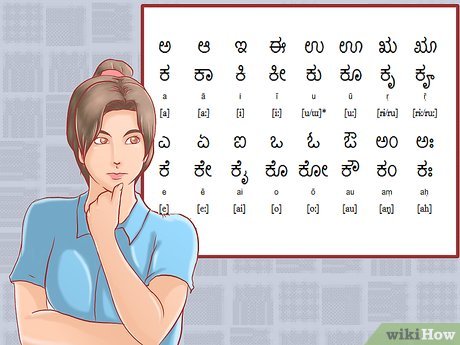
1Learn the alphabet. Kannada’s alphabet is derived from Kadamba and Cālukya scripts that, over centuries, morphed in Kannada and Telugu scripts. These scripts were formalized and translated into English script forms in the 19th century.XHere is a chart of Kannada vowels and their pronunciation.ಅ a KANNADA LETTER Aಆ ā KANNADA LETTER AAಇ e KANNADA LETTER Eಈ e KANNADA LETTER EEಉu KANNADA LETTER Uಊū KANNADA LETTER UUಋr̥ KANNADA LETTER VOCALIC Ruೠr̥̄ KANNADA LETTER VOCALIC RRಎ i KANNADA LETTER eಏ ii KANNADA LETTER AEಐ ai KANNADA LETTER AIಒ o KANNADA LETTER Oಓ ō KANNADA LETTER OOಔ au KANNADA LETTER AUXCanarese consonants come in two forms, structured and unstructured. Structured consonants are categorized by where the tongue touches the palate. These come in five categories. They are:Velars ಕ (ka) ಖ (kha) ಗ (ga) ಘ (gha) ಙ (nga)Palatals ಚ (cha) ಛ (chha) ಜ (ja) ಝ (jha) ಞ (nya)Retroflex ಟ (tta) ಠ (ttha) ಡ (dda) ಢ (ddha) ಣ (nna)Dentals ತ (ta) ಥ (tha) ದ (da) ಧ (dha) ನ (na)Labials ಪ (pa) ಫ (pha) ಬ (ba) ಭ (bha) ಮ (ma) XThe unstructured consonants are: ಯ (ya), ರ (ra), ಲ (la), ವ (va), ಶ (sha), ಷ (ssa), ಸ (sa), ಹ (ha), ಳ (lla)XKannada also includes two letters which are part consonant and part vowel, called “yogavaahaka”. They are the anusvara: ಅಂ (am) and the visarga: ಅಃ (ah)X
2Learn Kannada numbers. The Kannada language has a numbering system that stretches from 0 to 1 million.XBelow is a sample of Kannada numbers from 0 to 9.೦ sonne 0 Zero೧ ondu 1 One೨ eraḍu 2 Two೩ mūru 3 Three೪ nālku 4 Four೫ aidu 5 Five೬ āru 6 Six೭ ēḷu 7 Seven೮ enṭu 8 Eight೯ oṃbattu 9 NineX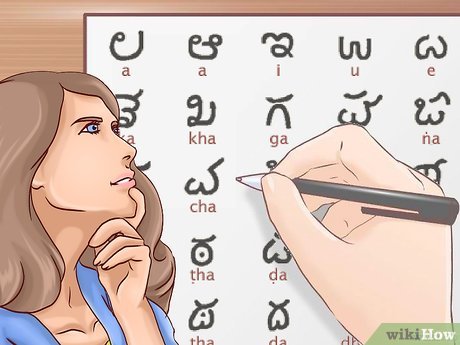
3Know the Kannada writing system. The Kannada language is alphasyllabary, which means all the consonants have an inherent vowel sound in them. Just like English, Canarese moves from left to right horizontally. When consonants appear together without a vowel in between, the second consonant is written as a special conjunt symbol, usually below the first.XWhen Kannada is written using English language characters, you will sometimes find that vowels in the middle of words are capitalized to represent the long vowel sound. However, this convention is not uniformly practiced.X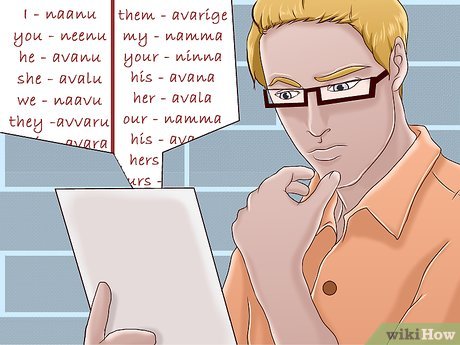
4Know the common pronouns. Understanding basic pronouns is essential to speaking or comprehending languages. Below is a list of Kannada pronouns.I -naanuyou – neenuhe – avanushe – avaluwe – naavuthey -avvarume – nanna, nannageyou – ninna, nimagehim – avana, avanigeher – avala,avaligeus – nammathem – avarigemy – nammayour – ninnahis – avanaher – avalaour – nammatheir – avaramine – nannayours – nimmahis – avanahers – avalaours – nammatheirs – avaraX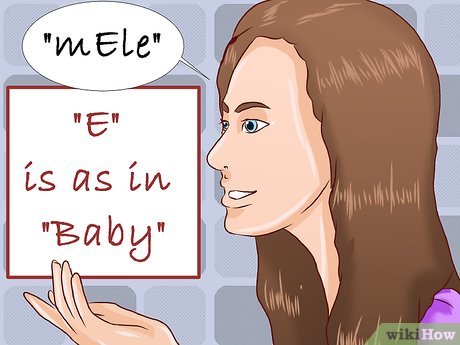
5Learn Kannada pronunciation. The pronunciation of certain Kannada words can be difficult for English speakers, as there are some sounds in Canarese for which English has no equivalent. Nevertheless, the pronunciation guide below should be useful in grasping the basics of pronouncing Kannada words.Ane (here A is as in Ball). In contrast, in aDike a is short as in “aristocrat”.mEle (here E is as in Baby).prIti (here I is as in Meeting)hOda (here O is as in roam)pUjari (here U is as in fool)The consonants which are capitalized are:aDike (the D is as in “Dog”); lower case d is soft).koTru (here T is as in “Tom”); lower case is soft.chELige (here L is a sound with no equivalence in English; lower case is as in “lamb”)kaNNu (here N is nasal; lower case is as in “no”)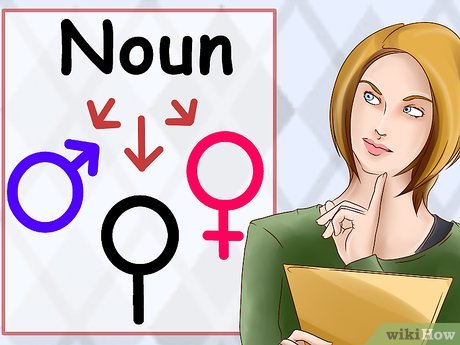
6Understand gendering conventions. All Kannada nouns have genders. There are three categories of gender applied to nouns in Kannada. They are masculine, feminine, and neuter. This can be tricky for English speakers, as English nouns are not gendered, and elements of Kannada religion and cosmology play a role in the gendering of nouns.X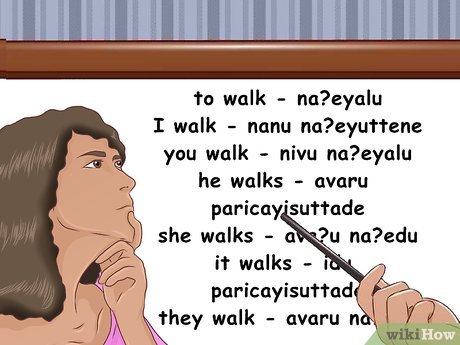
7Understand Kannada verbs. Kannada, unlike western languages, does not have infinitive forms for its verbs. Rather, they take the form of “singular, nonpolite imperatives.”X In most cases, unconjugated verbs take the form of verb stems.XBecause of this, when looking at a Kannada language dictionary, you will find verbs by their verb stem rather than in a constructed, infinitive form. For example, see the conjugation of “to walk” in Kanadda below.to walk – naḍeyaluI walk – nānu naḍeyuttēneyou walk – nīvu naḍeyaluhe walks – avaru paricayisuttadeshe walks – avaḷu naḍeduit walks – idu paricayisuttadethey walk – avaru naḍeduwe walk – nāvu naḍeyaluXNotice that all of the conjugated forms maintain the root “ade” somewhere in the word.








